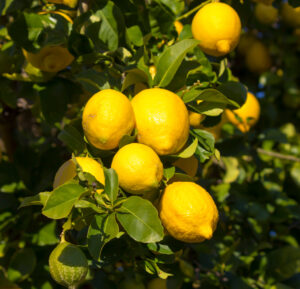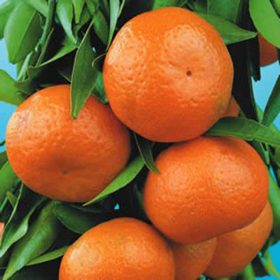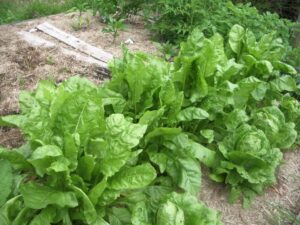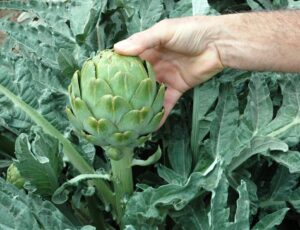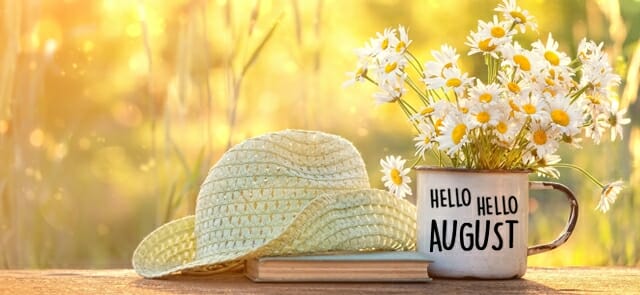
August in the garden
Hello Hello, dear gardening friends! August is here and we start yet another exciting month in the garden. We are still getting a few frosty mornings in Melbourne, but the days are getting noticeably longer. This is the last month of cold Winter days, and soon we will be in jumping into the most exciting season: Spring! But before Spring gets here, there is a lot to do in the garden, to get it ready for this magical time of the year!
Right now native plants, Azaleas, and Camellias are reaching the end of their flowering season. Acacias and Hardenbergias are putting on dramatic displays and deciduous trees such as cherries and magnolias have swelling buds that are getting ready to burst open revealing their great unique beauty and delightful fragrance.
Despite the cold, we know how eager you are to get into the garden, but where to start? Here are some things to do in the garden:
Bare Rooted Plants
• Now is the best time to get your bare-rooted plants while it is still cold, to give them the best start possible. They will have sufficient time to harden off, get their roots growing in their new spot, and be ready for a Spring explosion of growth and bloom. That includes beautiful weeping cherries, Standard Roses, Ornamental Pears, Mop Tops, and Silver Birches. (Click on the links to view the products)
If you have already purchased and planted your bare root plants, remember to keep it moist. Even though they have no leaves, they still need water to grow a nice root system. If you are still planning to get some bare-rooted plants, here is a practical guide about how to plant them properly. Click here.
• Bare Root fruit trees will be here very soon! In about a week we will have a fantastic selection of apples, pears, apricots, plums, etc. The next two months is the best time to plant them.
Flowers, Bulbs and Seeds
• There are several perennial flowering plants that are just about to flower, that you can easily pop in your garden to give you some beautiful colors.
• Now is a good time to plant spring-flowering bulbs such as Dahlias, Liliums, Lily of the Valley, etc. (We do not sell this in-store yet)
• You can now plant Spring/Summer flowering annuals such as Snapdragons, Hollyhocks, Verbena, and Lupins. You can start sowing Marigold and Petunias in the coming weeks but you will need to provide protection from late-season frosts. Marigolds are also a great companion plant for tomatoes and capsicums, as they deter many pests. (We do not sell seeds in-store yet)
• We have an incredible range of deciduous magnolias in store right now that are about to burst into bloom in the next couple of weeks! Click here to see them.
Fruits
Protect yourself and your family with some extra Vitamin C and natural anti-oxidants by growing and eating fresh fruits right in your garden. If you have limited space, ask us about our dwarf varieties, which are specially developed to stay small but still produce big crops of fruit. Here is what you can grow right now:
• Citrus plants. Right now is just perfect for planting citrus. We have a great selection of dwarf and full size trees such as oranges, mandarins, limes and kumquats.
• Berries are so yummy and easy to grow. We have lovely varieties of strawberry, blueberry, blackberry and dwarf mulberries.
• Stone fruit are about to flower and put on a beautiful show for us before giving us some amazing summer fruit, starting with the lovely pink apricot blooms! We have some amazing varieties right now that are ready to fruit this season and they are on sale right now In-Store Only, from $̶5̶9̶.̶9̶9̶ to Only $29.99. This includes Plum (Angelina, Santarosa, Satsuma), Apricot (Moorpark, Travat), and Pears (Triumph and Beurré Bosc)!
Vegetables & Herbs
• As we still have about a month of cold weather left you can grow lettuce, leek, spinach, peas, rocket, Asian greens, silverbeet, onions, parsley, radish, beetroot, parsnip, broad beans, Jerusalem artichokes and Asparagus.
• You can also grow potatoes although make sure to grow from potato seed and not store-bought ones as they can spread disease in your garden.
• You can still grow winter crops such as cabbage, broccoli, and cauliflower if you already have them in the ground but it is not worth starting them from seed right now or buying small seedlings. Actually, in the next couple of weeks, it would be ideal to harvest them all from your garden to prepare the soil for the Spring and Summer veggies.
• Spring/ Summer veggies. If you have a glasshouse you can try your luck at getting an early start with sowing seeds of tomatoes, capsicum, zucchini and eggplants. The seeds can also be germinated on a sunny windowsill indoors and once spring is here you can pop them in the garden for some early crop. (more info about preparing soil below)
• It is always a good time to plant herbs. We have a fantastic variety in store, such as mint, oregano, marjoram, verbena, chamomile, etc
Pruning, Repotting & Weeding
• If you forgot to prune your roses at the end of the last flowering season, you can still do it now, to get them ready for the new spurt of growth in Spring. Make sure to use clean secateurs. Pruning is best done mid to late Winter or early Spring – remember to hold off until the most severe frosts have passed in frost-prone areas.
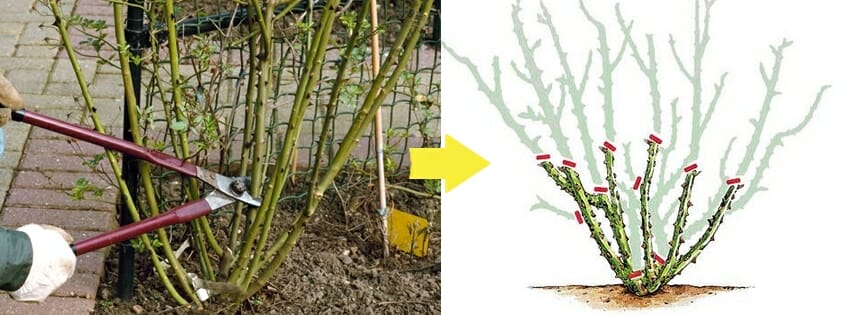
• Apricots are best pruned in Autumn, but you can still do it lightly once they have started flowering, which is right about now, to keep them tidy and manageable. Avoid pruning if your area has late frosts. (Pruning in Winter allows entry of bacterial gummosis in many stone fruit. More about this lower in the article). Other Deciduous fruit trees could also use a fresh trim now!
• Winter-flowering natives and non-natives can be pruned back and deadheaded to keep them nice and tidy. It is also a good time to prune back your evergreen trees to encourage new growth this Spring.
• If some of your potted plants have become overcrowded or looking sad, now is a great time to split them up and re-pot them. The sad-looking ones are usually root-bound and could use a light root trimming and potted into a bigger pot perhaps, or the same one with some fresh potting mix. Keep them partly shaded and protected for at least a week, then you can give them a liquid or foliar fertilizer feed. Also remember to remove the dead, damaged, and excessive growth to improve air circulation. Your succulents can be divided up and put into new pots. More plants!! YAY!
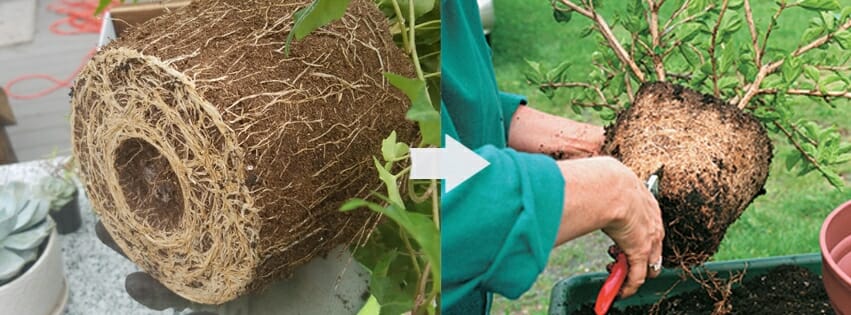
• Scraggy plants. In their prime, they looked fantastic! But now some plants are not performing well despite being pruned, fertilized, and taken care of. They are prone to disease and put your other healthy plants at risk. They could be old and have dwindling strength. Consider pulling them out and replacing them with something that will perform for you. Remember to rework the soil and let it settle for a week or two before putting a new plant there. If you are unsure if your plant can bounce back, you can always send us a photo of the plant with some details and we will give you some advice.
• Stay on top of the weeds and pull them out as soon as possible, as with the longer days they will start to set seed! And you do not want that to happen, as you will be fighting weeds all Spring and Summer long if they start dropping in your garden.
Soil, Fertilising, and Mulching
• If you have poor soil in your vegetable beds, with a couple of small Winter crops still growing, you could start harvesting and emptying the beds to prepare them for Spring vegetables. Throw in generous amounts of rich compost, manure and blood and bone meal and turn it over to mix it thoroughly. Let it settle for a week or two and it will be perfect for your tomatoes, eggplants, and capsicums during Spring and Summer. It is also a good idea to test the PH of the soil and amend it as necessary. Remember that the PH will change with the new additions so test it at various intervals. The aim is to get a neutral Ph of 6-7, which vegetables thrive in. Sulphur (liquid or pellets) and pine mulch make your soil acidic whereas lime and mushroom compost increases alkalinity.
• Over the winter the microbial activity in your soil is very low because of the cold. In the next couple of weeks, you can prepare some nice compost tea to give it a microbial boost for spring.
• Put some rich compost or well-aged manure around your fruit trees, to give them the well-needed boost for the Summer fruiting season.
• It is best to give some liquid feed to Winter/Spring flowering annuals every two weeks with a complete liquid fertilizer.
• You can put some fresh mulch around your plants to keep weeds at bay. If you are putting mulch for the first time, make sure to choose the right ones as they change the PH of the soil when they break down.
Pests & Disease
There are always pests and diseases lurking around, but we do not see them a whole lot in Winter. Thankfully the cold gets rid of a lot of pests and gives us a nearly pest-free garden until the temperature starts to rise.
• Citrus gall wasps emerge in Spring, often timing emergence with the onset of a flush of new growth. You should inspect your citrus trees and prune off of any galls you see. Some extra protection can be given with some wasp traps.
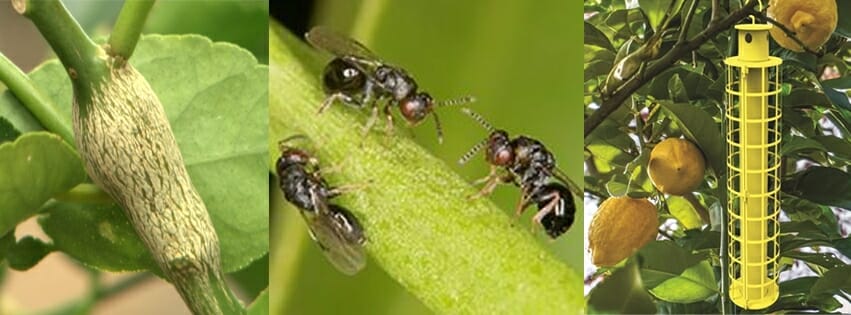
• There are a lot of fungal diseases that can attack your rose plants such as black spot, rust and mildew. If you have noticed any disease in the past, now is a good time to spray them with some organic copper based fungicides.
• Leaf curl is mainly a disease of peaches and nectarines, though it may also affect almonds and apricots. It’s caused by the fungus Taphrina deformans and occurs wherever peaches and nectarines are grown. Some symptoms are leaves that are entirely or partially curled, distorted, and are initially pale green in colour before turning red or purple. This will result in fruit that has raised, irregular rough patches, usually red in colour. Such fruit often falls prematurely. You can treat this with commercially available copper or lime-based fungicide sprays just during bud swelling, but before they have opened. Once opened it is too late to spray as the leaves will get damaged.
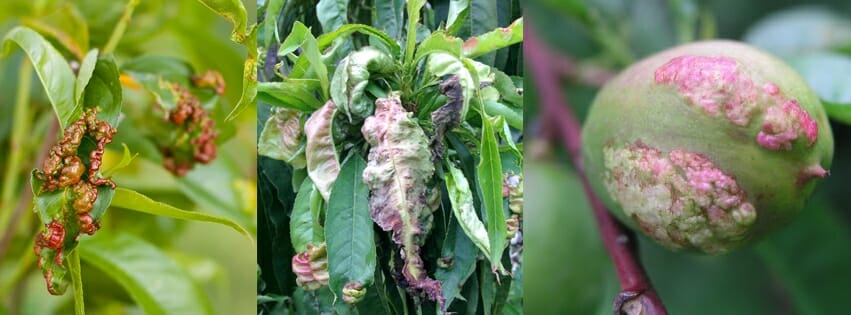
That’s all Folks!
You probably thought that there was not much to do in the garden at this time of the year, but hopefully, this article has given you some insights and motivation to get a smashing start to Spring! See you next month and happy gardening lovely people 🙂
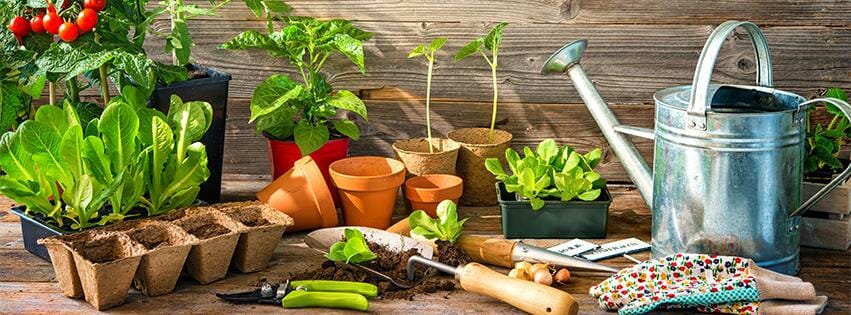
Gardening August Melbourne, Victoria, Australia.




